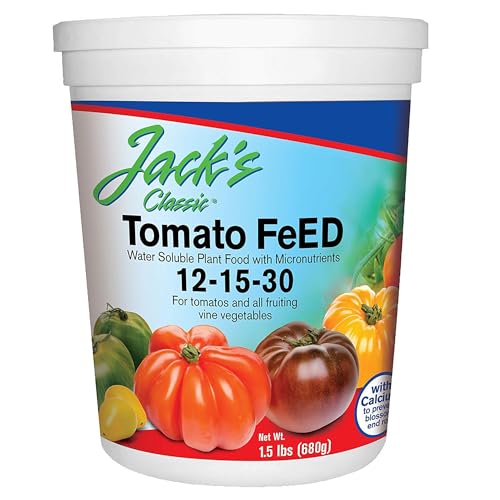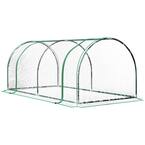Want earlier harvests and a longer season of delicious fruits? Here's all you need to know about forcing strawberries
Bringing strawberry plants indoors means fruit up to a month ahead of normal
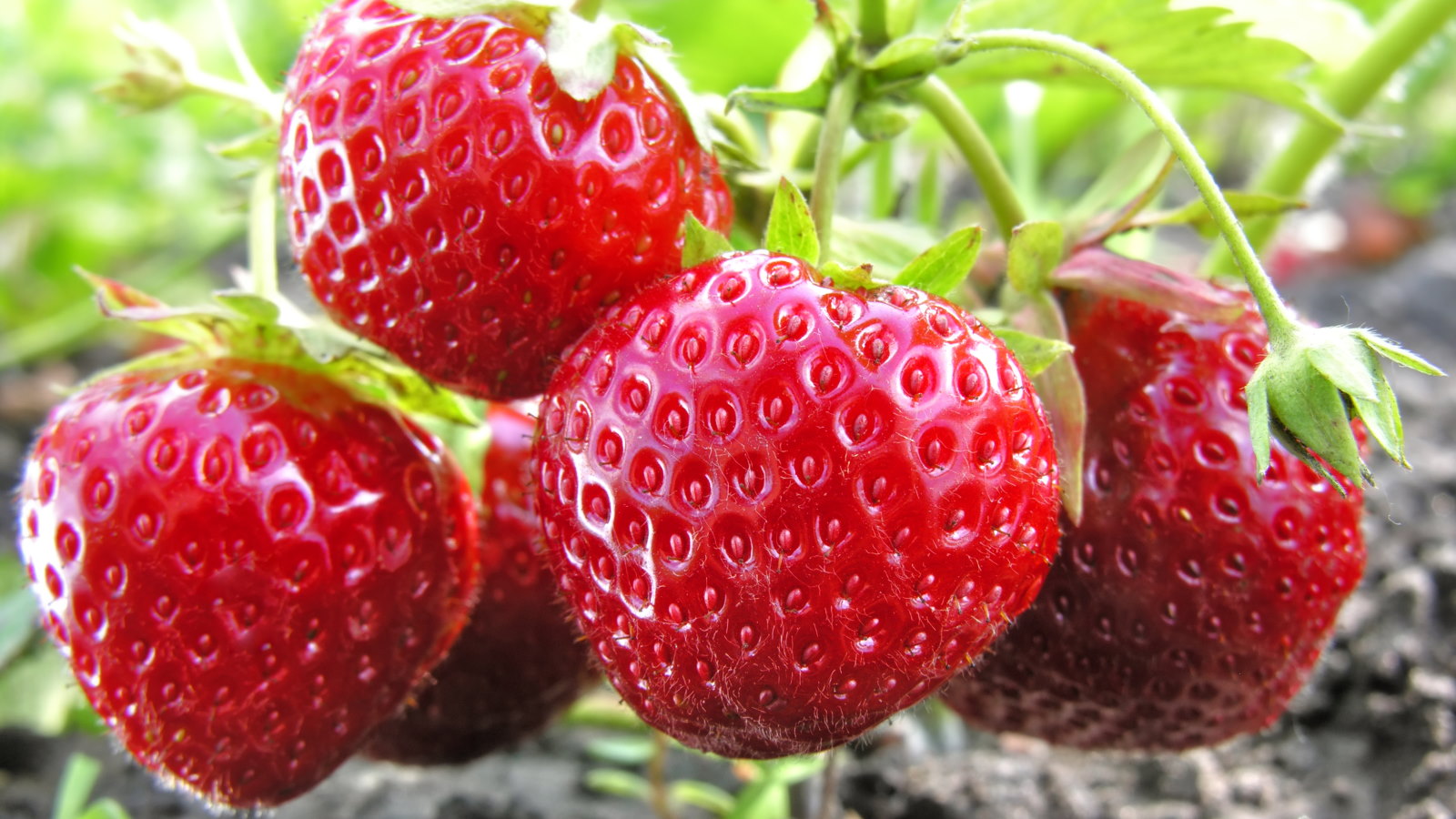

Strawberries are available year-round in grocery stores nowadays, so you never need to go without them. However, we all know homegrown strawberries taste far superior to any store-bought ones - but the season can be short. There is a way to extend that season, which is by forcing strawberries.
Growing different types of strawberries can prolong the harvesting season from early summer to fall. If you grow strawberries and desire even earlier pickings, bringing plants indoors in winter can reward you with harvests up to a month earlier.
Forcing strawberries and other fruits or vegetables is a historic pastime as crops weren’t available year-round. My experience of forcing strawberries comes from my time as a kitchen gardener, as we used the technique to get earlier harvests of delicious, fresh, homegrown strawberries for chefs.

A guide to forcing strawberries
Forcing strawberries is different from forcing vegetables such as rhubarb or chicory. When forcing rhubarb, for example, the plants are covered and grown in darkness for earlier shoots.
This technique differs from forcing strawberries, where warmth is key to encouraging earlier fruiting. I will examine forcing strawberries in depth and reveal some key tips to help you get a successful earlier crop.
What is forcing strawberries?
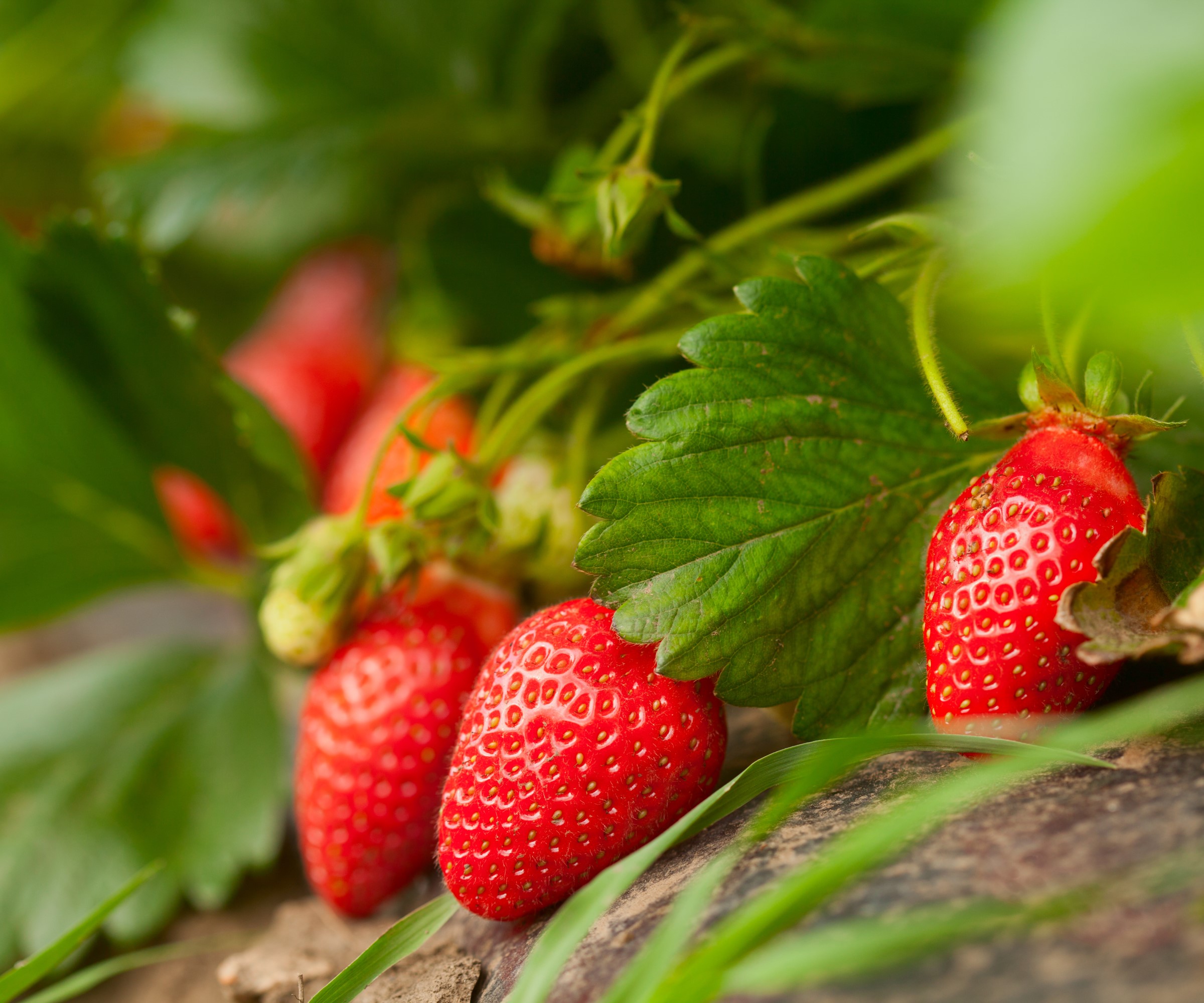
Forcing strawberries is a way to extend the season indoors and encourage plants to start fruiting earlier than any strawberry plants outdoors in the kitchen garden. Forcing strawberries allows you to get an early harvest of strawberries to pick for 3-4 weeks before the outside plants start to hit their peak.
Lifting strawberry plants and moving them into a greenhouse in winter speeds up their growth and promotes earlier flowering and fruiting. The plants need a period of cold outside to flower and fruit well, but then will start growing rapidly when brought into a warm, protected environment.
You can grow strawberries in pots indoors and force them, or plant them in the ground if you have beds as part of your greenhouse set-up. It is also possible to force strawberries outdoors with cloches to get them to flower earlier.
Unfortunately, any forced strawberry plants will be exhausted after the process and are best discarded and used to make compost. They can be planted back in the garden but may struggle to produce a good crop.
Tips for forcing strawberries
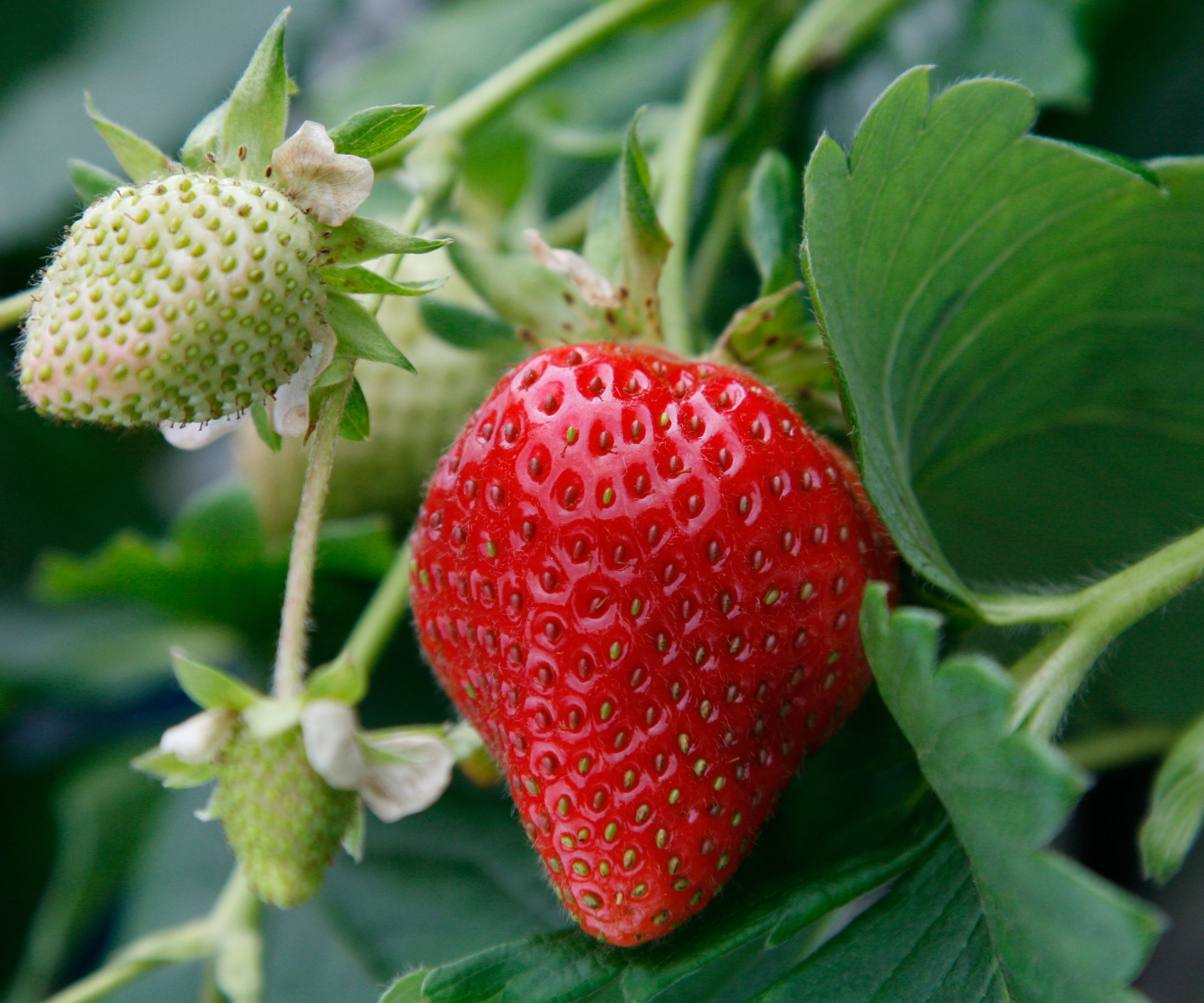
February is an ideal time to start forcing strawberries. It provides the strawberries with a sufficient period of winter cold needed for good flowering and fruiting, and that timing is rewarded with a better crop of fruits. Going any earlier than this and forcing strawberries in January will not be as successful as waiting until February.
A heated greenhouse will provide the best results, but forcing strawberries can be done in an unheated greenhouse - though the crop will be later and smaller than if you heat a greenhouse. Forcing strawberries and getting an earlier crop of delicious fruits is a productive way to use a greenhouse in winter, even if it is just a few pots of strawberries so the rest of the space can be given over to storing tender plants, sowing seeds, and growing winter crops.
The best types of strawberry plants for forcing are early varieties. It is advised to force young plants that are one or two years old, this is because strawberry plants are at their most prolific ages two and three before their productivity wanes. If you took strawberry runners the previous summer, these plants are ideal candidates for bringing inside in winter to force. When you take and pot up strawberry runners, it is beneficial to take extra to give you a set of plants to force.
Tidy up the plants, such as removing dead leaves to avoid strawberry diseases and snipping off runners, so all the energy is focused on flowering and fruiting. And mulch around plants with compost to retain moisture in the soil and suppress weeds.
Watering and feeding are important when forcing strawberries. After being transplanted, the plants need a good drink and want regular watering so the soil is consistently moist. Once they start flowering, fertilize strawberries with a liquid tomato feed to encourage strong flowering and fruiting. Mixing the feed and adding it when you water plants every two weeks will promote the development of many flowers and help ripen fruit.
Once the strawberries start to flower, you need to take steps to guarantee pollination. Give the plants a helping hand by opening the greenhouse doors to allow pollinators to find the flowers. Alternatively, hand-pollinate plants with a soft brush by softly dabbing the inside of each flower every few days to transfer pollen.
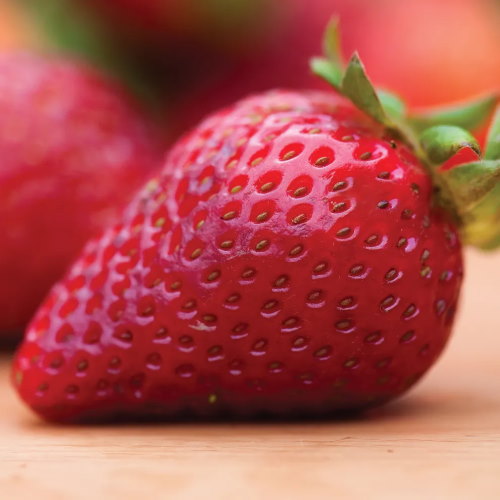
A high-yielding early strawberry variety that produces deep red, firm, and sweet fruits. An early variety ideal for forcing strawberries indoors.
There is scope to force strawberries outdoors if you do not have a greenhouse. As mentioned, covering plants with a garden cloche will prematurely raise the temperature and encourage earlier flowering and fruiting.
It will not mean harvests as early as forcing strawberries in a greenhouse, but it will mean slightly earlier-than-normal fruits. When you cover plants with cloches, remember to remove them for periods to allow pollinators to access the flowers and lift the cloche on particularly warm days to let air in and reduce temperatures.
Sign up to the Homes & Gardens newsletter
Design expertise in your inbox – from inspiring decorating ideas and beautiful celebrity homes to practical gardening advice and shopping round-ups.

Drew’s passion for gardening started with growing vegetables and salad in raised beds in a small urban terrace garden. He has worked as a professional gardener in historic gardens and specialises in growing vegetables, fruit, herbs, and cut flowers as a kitchen gardener. That passion for growing extends to being an allotmenteer, garden blogger, and producing how-to gardening guides for websites. Drew was shortlisted for the New Talent of the Year award at the 2023 Garden Media Guild Awards.
You must confirm your public display name before commenting
Please logout and then login again, you will then be prompted to enter your display name.
-
 Martha Stewart's intelligent cabinets 'take every inch into consideration' – their 'visually light' style will solve your small kitchen storage problems
Martha Stewart's intelligent cabinets 'take every inch into consideration' – their 'visually light' style will solve your small kitchen storage problems'Every kitchen can be beautiful and functional, no matter what the size': 9 years since sharing her clever storage, Martha's cabinets are just as beautiful
By Megan Slack Published
-
 This once-dated kitchen is now a timeless space with the coziest details – and its the classic color palette that's made it a chic, welcoming space
This once-dated kitchen is now a timeless space with the coziest details – and its the classic color palette that's made it a chic, welcoming spaceWarming colors and natural materials combine to create this enduringly classic kitchen scheme
By Molly Malsom Published
-
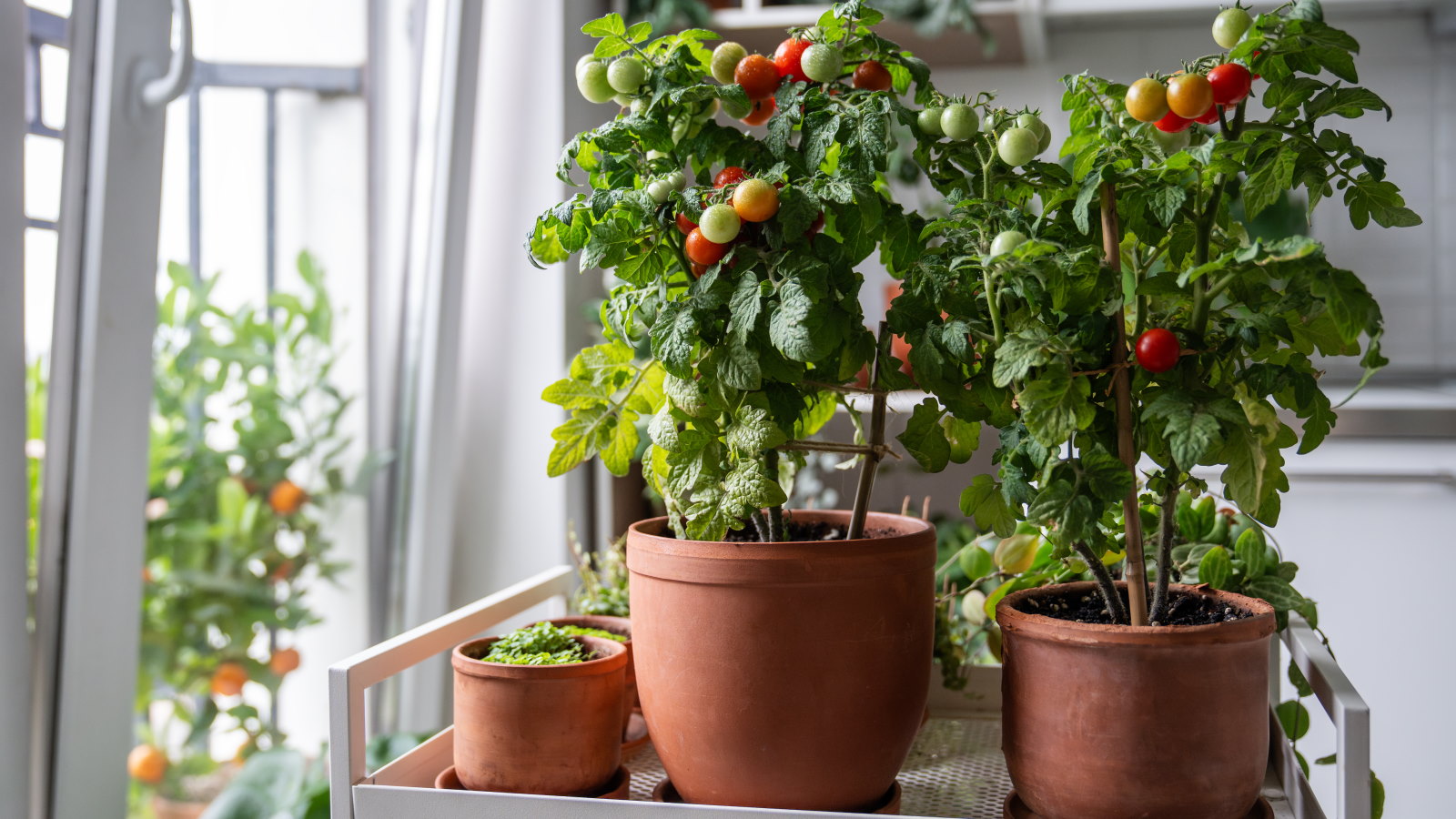 7 of the best tomatoes for growing in pots – expert growers pick their top varieties ideal for large harvests from containers
7 of the best tomatoes for growing in pots – expert growers pick their top varieties ideal for large harvests from containersYou can enjoy bumper homegrown harvests in small spaces
By Drew Swainston Published
-
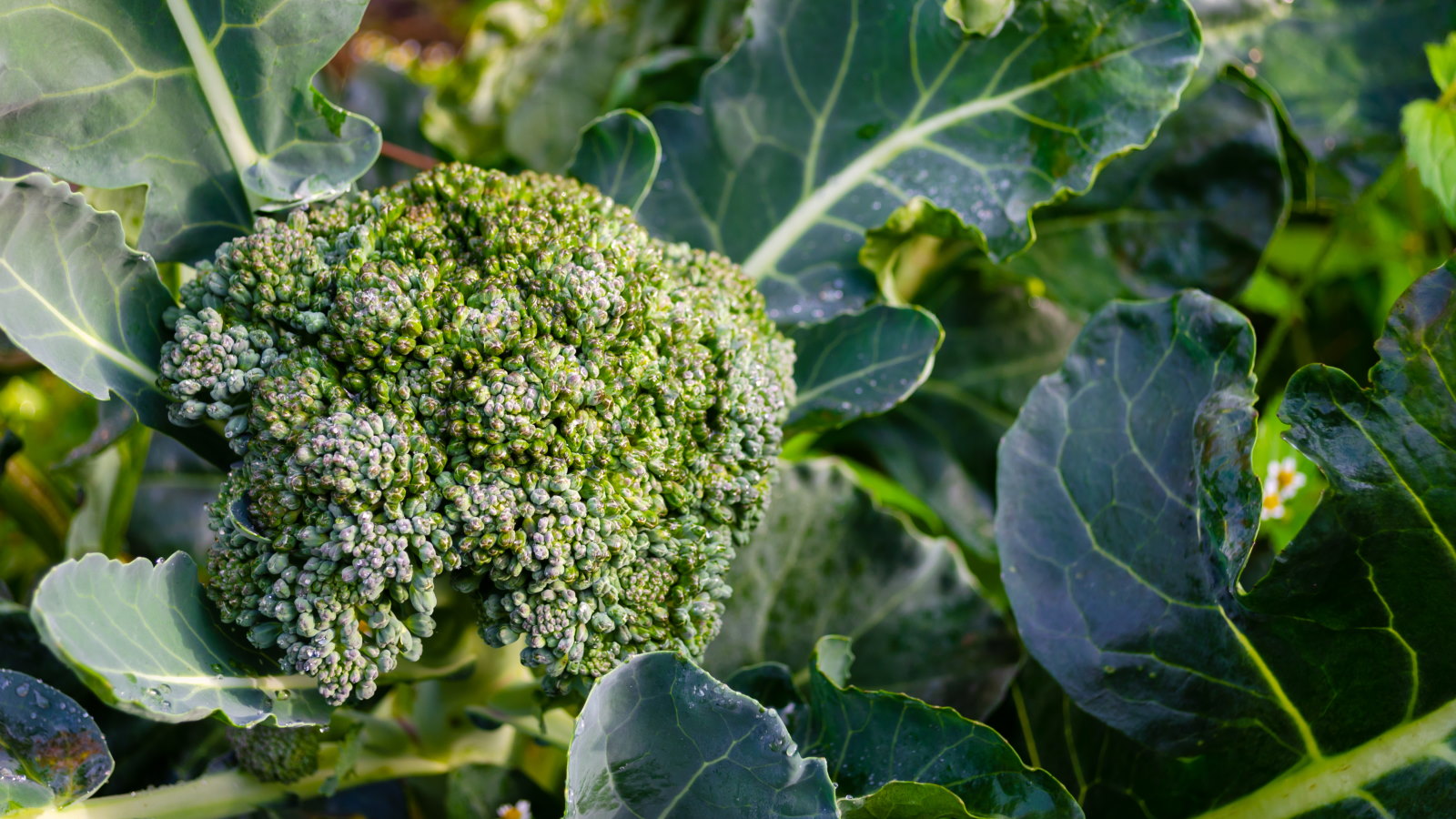 These 5 plants can help you get the best, and potentially tastiest, broccoli ever – discover what to plant with broccoli, and what to avoid
These 5 plants can help you get the best, and potentially tastiest, broccoli ever – discover what to plant with broccoli, and what to avoidOur selection of vegetables, herbs, and flowers is perfect for companion planting with broccoli
By Drew Swainston Published
-
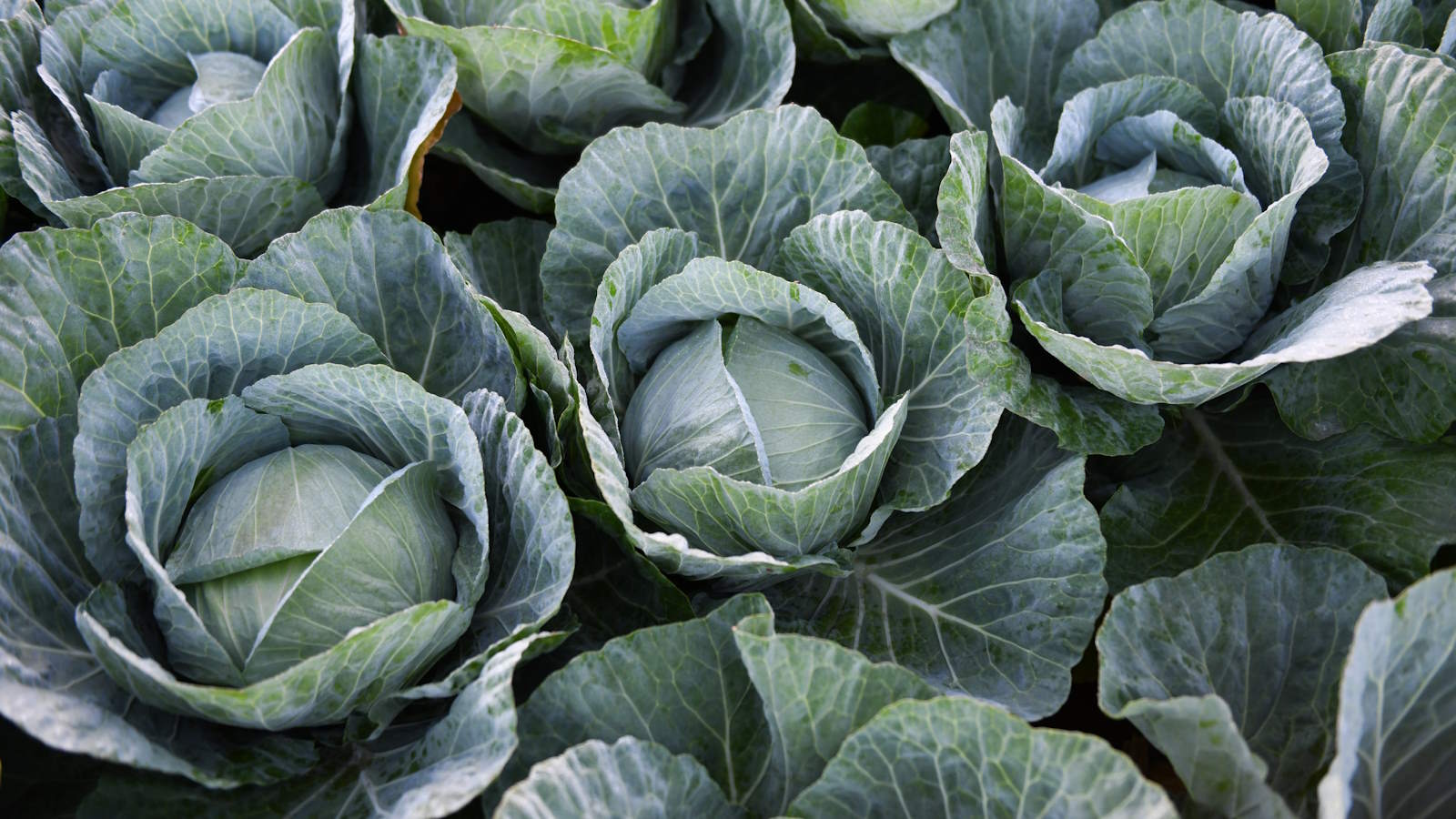 How to grow cabbages in containers – expert tips for top harvests in small urban spaces
How to grow cabbages in containers – expert tips for top harvests in small urban spacesYou can grow lots of different cabbages in pots, troughs, grow bags, or buckets
By Drew Swainston Published
-
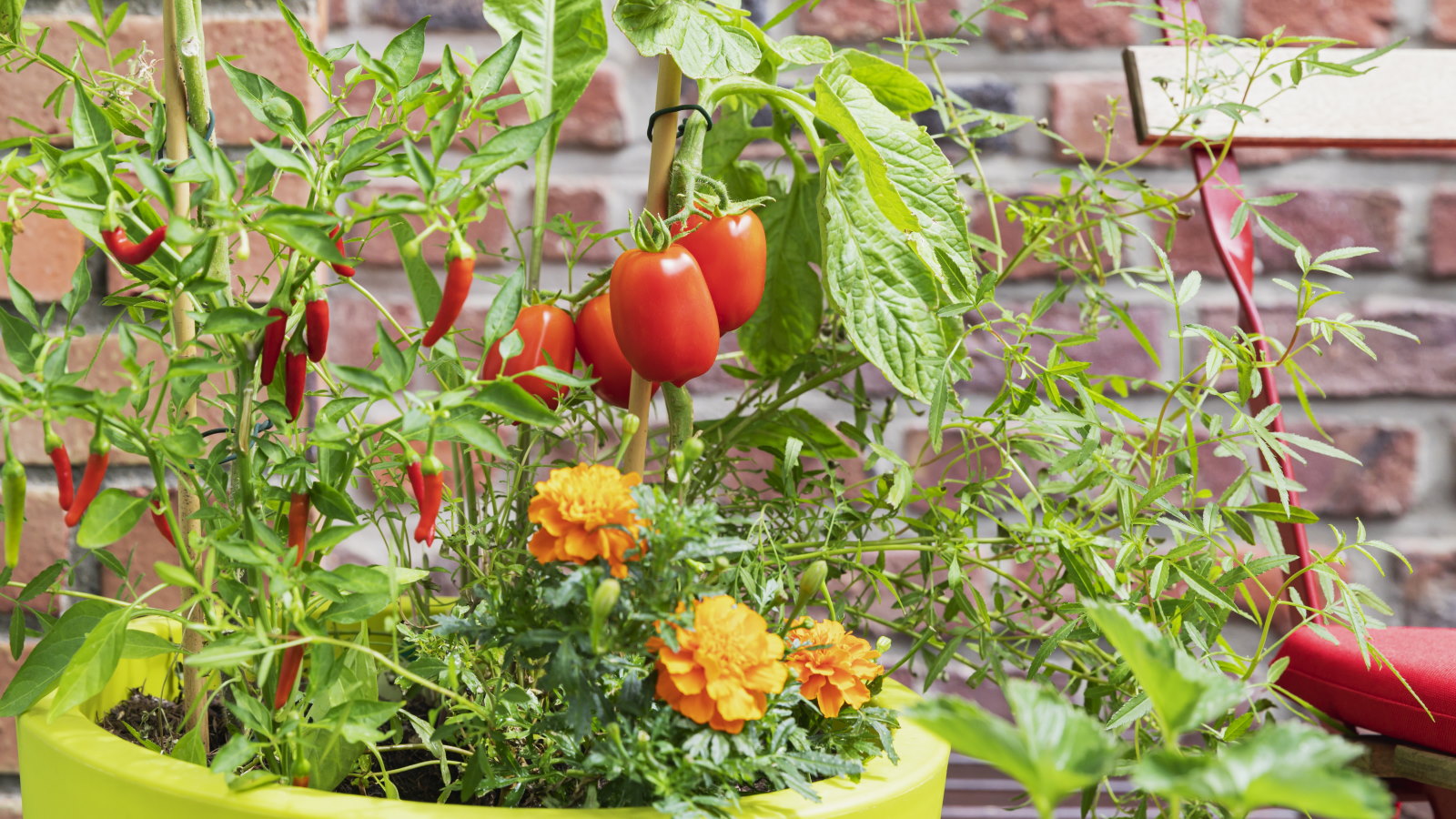 You'll get the best homegrown tomato crops if you plant them next to this one flower – discover why these two are a dream combination
You'll get the best homegrown tomato crops if you plant them next to this one flower – discover why these two are a dream combinationYour tomato plants will be pest-free and covered in fruits
By Drew Swainston Published
-
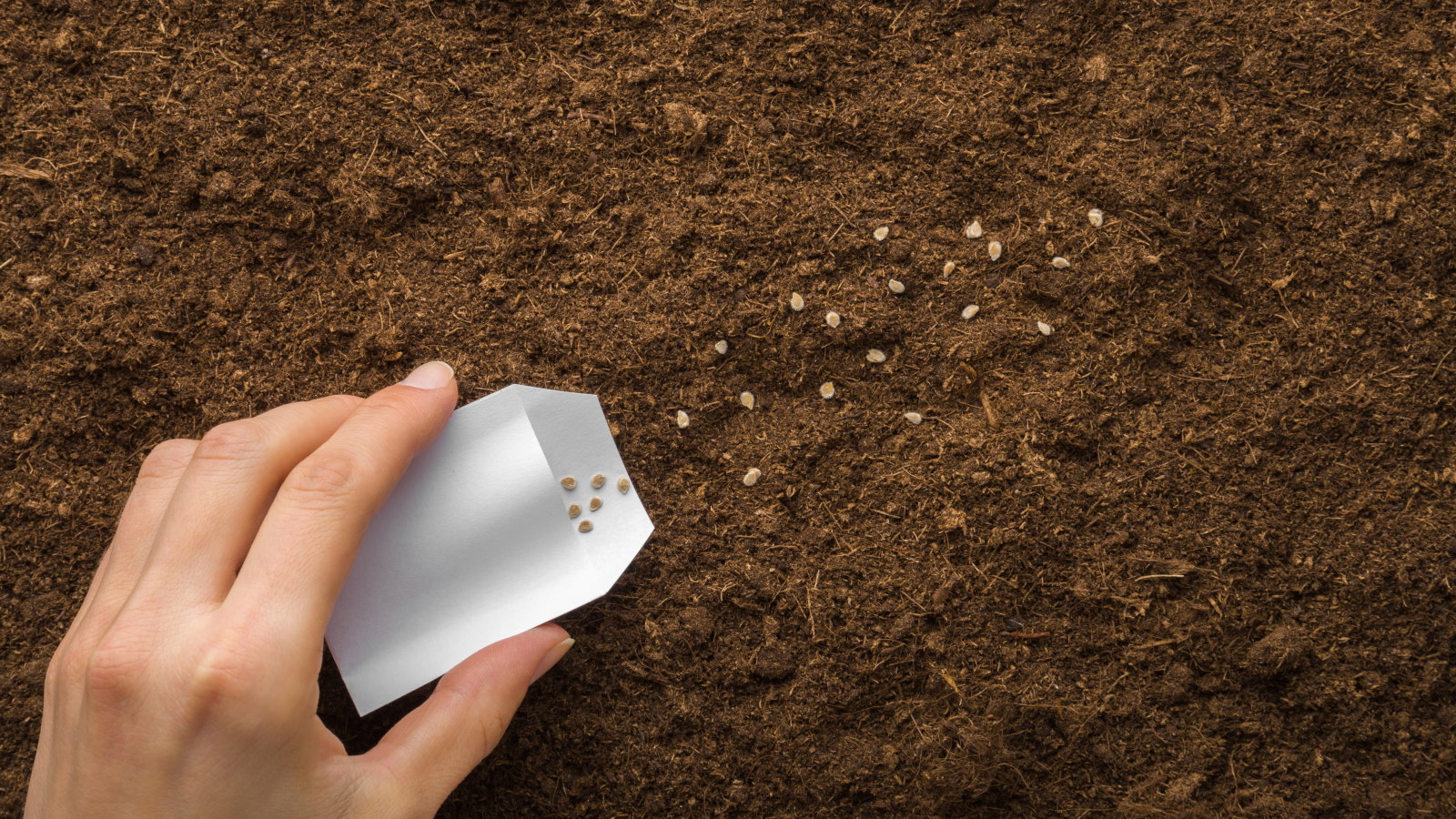 Direct sowing vs transplanting – our grow-your-own expert advises which is best, and shares 5 veggies you should always sow directly
Direct sowing vs transplanting – our grow-your-own expert advises which is best, and shares 5 veggies you should always sow directlyBoth approaches to sowing vegetables have pros and cons
By Drew Swainston Published
-
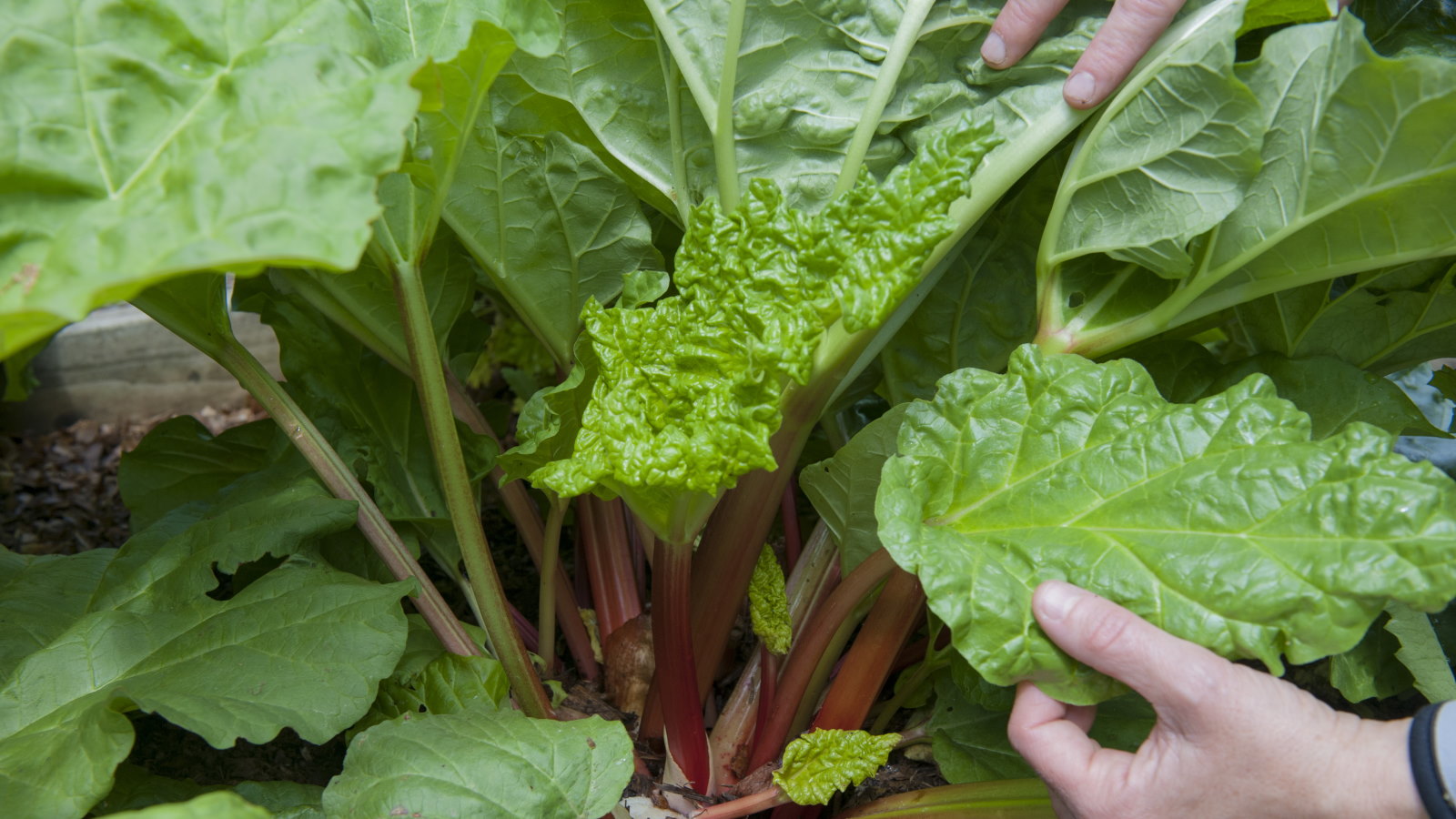 I grew rhubarb from seed for years – here’s exactly how to do it for guaranteed germination and healthy crops of fruit
I grew rhubarb from seed for years – here’s exactly how to do it for guaranteed germination and healthy crops of fruitGrowing rhubarb from seed is a cost-effective way to propagate plants, but it requires care and patience
By Drew Swainston Published
-
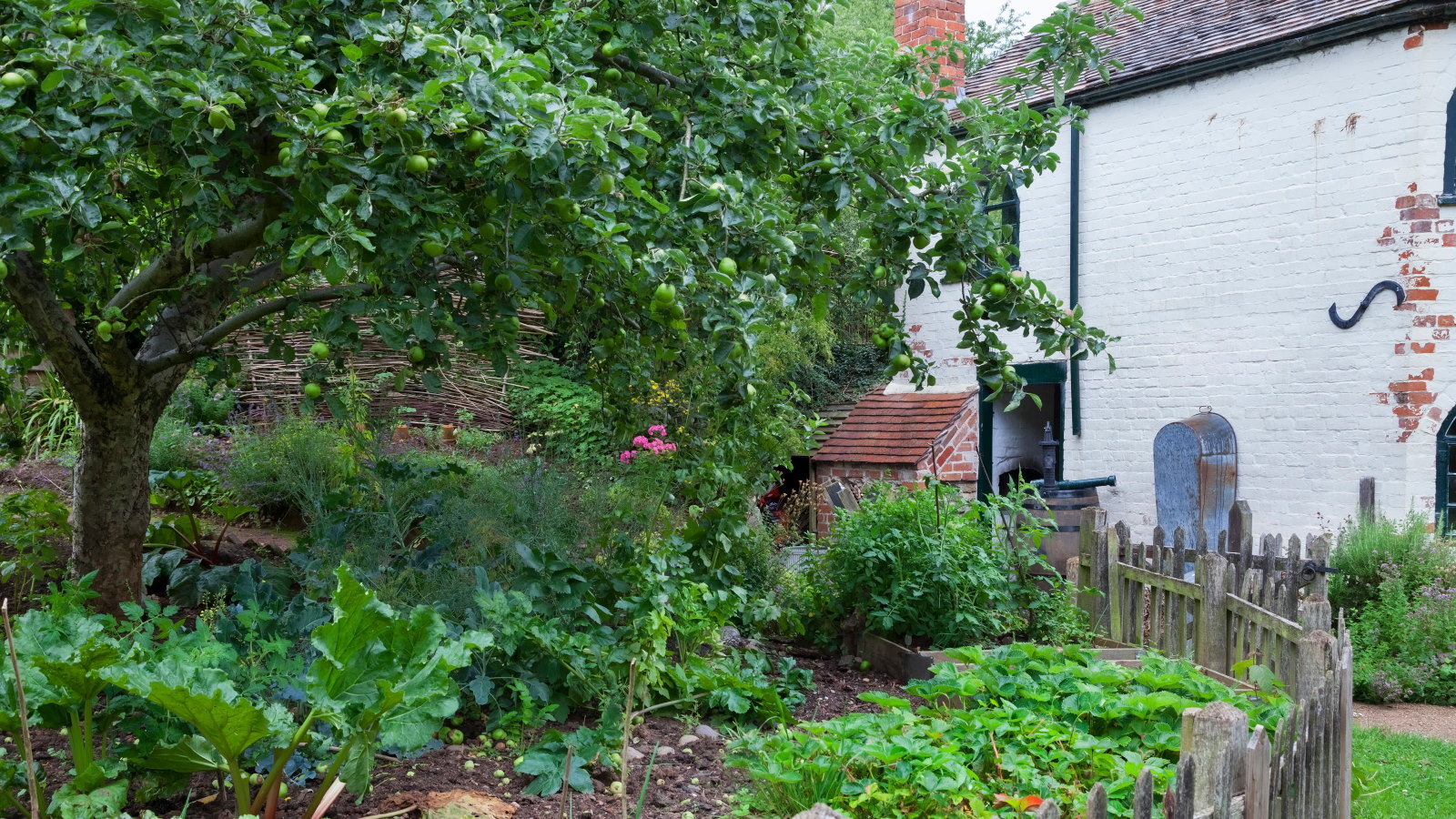 4 reasons you should plant trees in a vegetable garden – plus experts reveal the secrets to help you reap the rewards
4 reasons you should plant trees in a vegetable garden – plus experts reveal the secrets to help you reap the rewardsSee how agroforestry principles can help boost your soil and harvests
By Drew Swainston Published
-
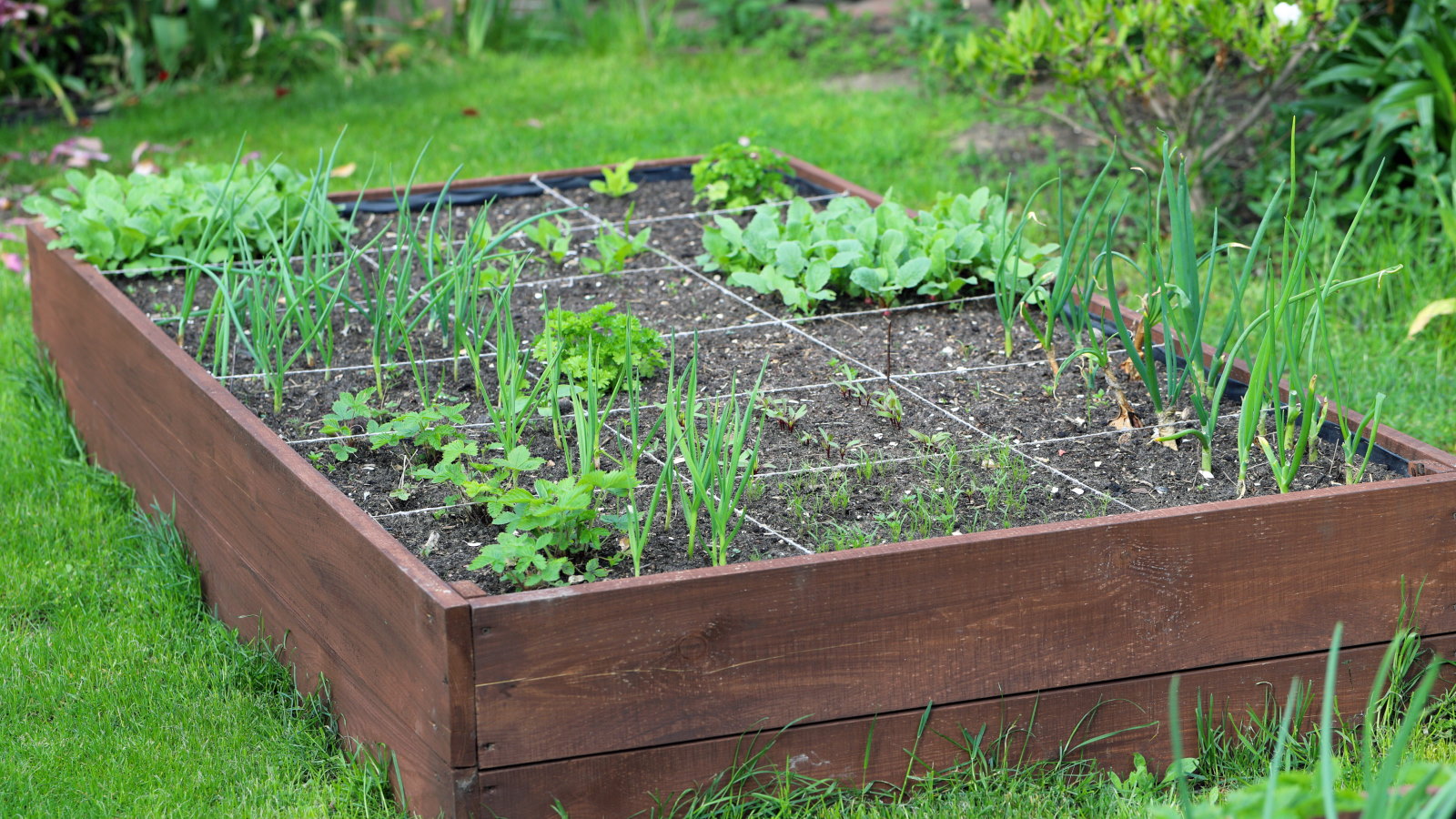 9 of the best vegetables to grow using the square foot gardening method – for big harvests in small spaces
9 of the best vegetables to grow using the square foot gardening method – for big harvests in small spacesPlus how many of each vegetable can be grown per square foot
By Drew Swainston Published
